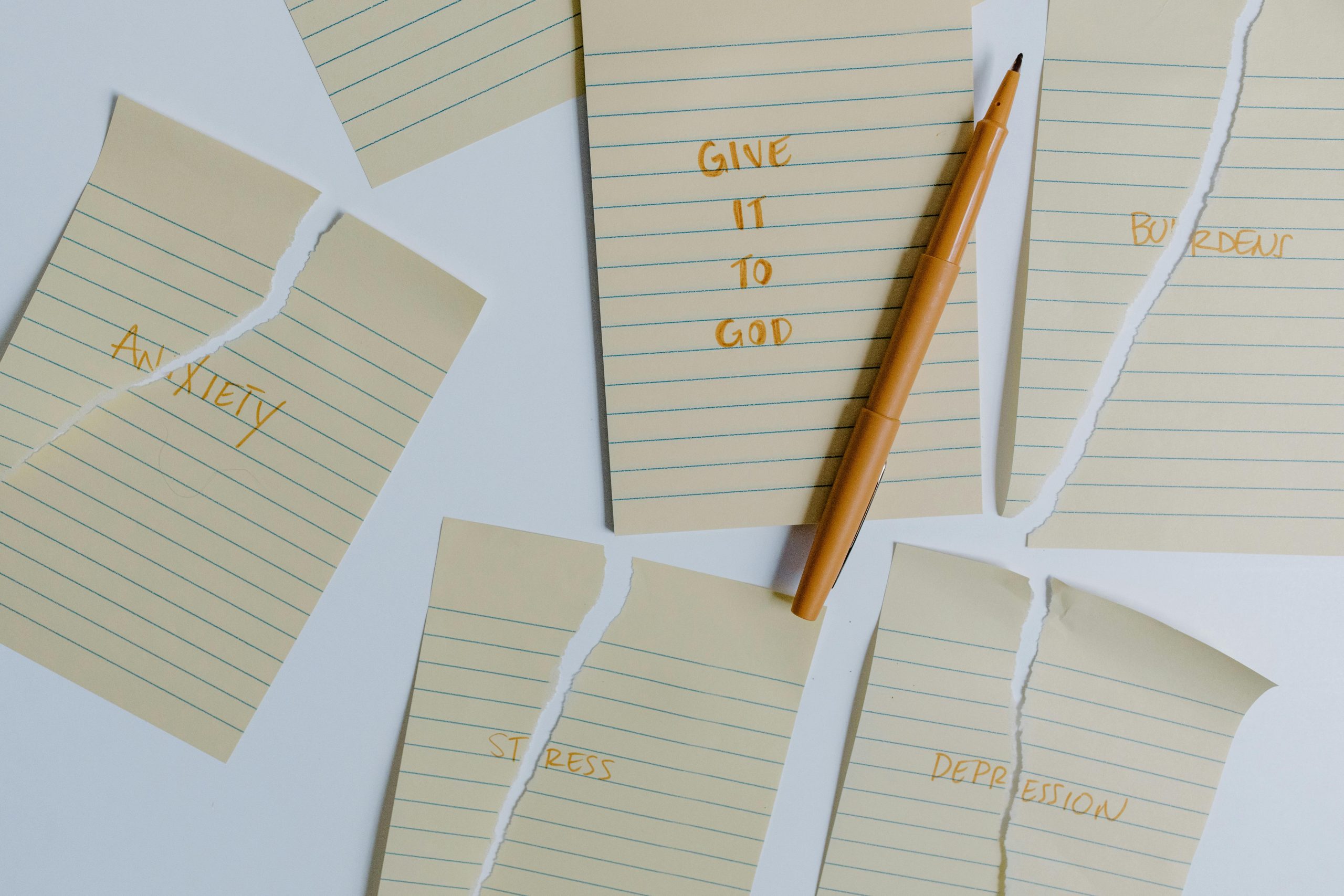Anxiety is a common struggle for many people, affecting daily life, relationships, and overall well-being. While there are various ways to manage anxiety, mindfulness has emerged as a powerful tool to help calm the mind and reduce stress. By focusing on the present moment without judgment, mindfulness allows you to break free from the cycle of worry and fear. In this article, we’ll explore simple yet effective mindfulness techniques that can help you regain control and find peace amidst life’s challenges.
Understanding Mindfulness and Its Benefits for Anxiety
Mindfulness is the practice of paying attention to the present moment with openness, curiosity, and acceptance. Unlike meditation, which often involves structured techniques, mindfulness can be incorporated into everyday activities. Research shows that mindfulness can significantly reduce anxiety by:
- Breaking the cycle of overthinking: Anxiety often stems from excessive worry about the future or dwelling on the past. Mindfulness brings your focus back to the here and now.
- Lowering stress hormones: Studies suggest mindfulness reduces cortisol levels, the hormone linked to stress.
- Improving emotional regulation: By observing thoughts without judgment, you learn to respond rather than react to stressors.
Whether you’re new to mindfulness or have practiced it before, integrating these techniques into your routine can make a noticeable difference in managing anxiety.
Simple Mindfulness Techniques to Reduce Anxiety
You don’t need hours of meditation to experience the benefits of mindfulness. Here are some easy techniques to try:
1. Deep Breathing Exercises
When anxiety strikes, your breath becomes shallow and rapid. Deep breathing helps activate the body’s relaxation response. Try the 4-7-8 technique:
- Inhale deeply through your nose for 4 seconds.
- Hold your breath for 7 seconds.
- Exhale slowly through your mouth for 8 seconds.
Repeat this cycle 3-4 times to calm your nervous system.
2. Body Scan Meditation
This technique helps you connect with your body and release tension:
- Lie down or sit comfortably.
- Close your eyes and take a few deep breaths.
- Slowly scan your body from head to toe, noticing areas of tension.
- As you exhale, imagine releasing the tightness in each area.
Spend 5-10 minutes on this practice daily to cultivate awareness and relaxation.
3. Grounding Techniques
Grounding helps anchor you in the present when anxiety feels overwhelming. The 5-4-3-2-1 method is a popular choice:
- Name 5 things you can see.
- Identify 4 things you can touch.
- Notice 3 sounds you hear.
- Recognize 2 scents you smell.
- Acknowledge 1 thing you can taste.
This exercise shifts your focus away from anxious thoughts and into your immediate surroundings.
Incorporating Mindfulness into Daily Life
Mindfulness isn’t just for meditation sessions—it can be woven into everyday activities. Here’s how:
Mindful Eating
Instead of rushing through meals, slow down and savor each bite. Notice the flavors, textures, and smells. This practice not only reduces stress but also improves digestion.
Mindful Walking
Take short walks while paying attention to each step. Feel the ground beneath your feet, the rhythm of your breath, and the sounds around you. Even a 5-minute mindful walk can reset your mind.
Mindful Journaling
Writing down your thoughts without judgment can help process emotions. Try starting with prompts like:
- What am I feeling right now?
- What sensations do I notice in my body?
- What am I grateful for today?
Journaling provides clarity and reduces mental clutter.
Overcoming Common Challenges in Mindfulness Practice
While mindfulness is beneficial, it’s normal to face obstacles. Here’s how to address them:
1. Restlessness or Impatience
If sitting still feels difficult, start with short sessions—even 1-2 minutes counts. Gradually increase the duration as you build comfort.
2. Intrusive Thoughts
Don’t fight your thoughts. Acknowledge them like passing clouds and gently return your focus to your breath or surroundings.
3. Consistency Issues
Set reminders or pair mindfulness with daily habits, like brushing your teeth or drinking coffee. Small, consistent efforts yield long-term results.
Conclusion
Mindfulness offers a practical and accessible way to manage anxiety by bringing your attention to the present moment. Whether through breathing exercises, body scans, or mindful daily activities, these techniques can help you cultivate calm and resilience. Remember, mindfulness is a skill that improves with practice—be patient with yourself. By making mindfulness a regular part of your routine, you’ll find greater peace and control over anxious thoughts. Start small, stay consistent, and watch as your mind becomes a quieter, more peaceful place.

Leave a Reply